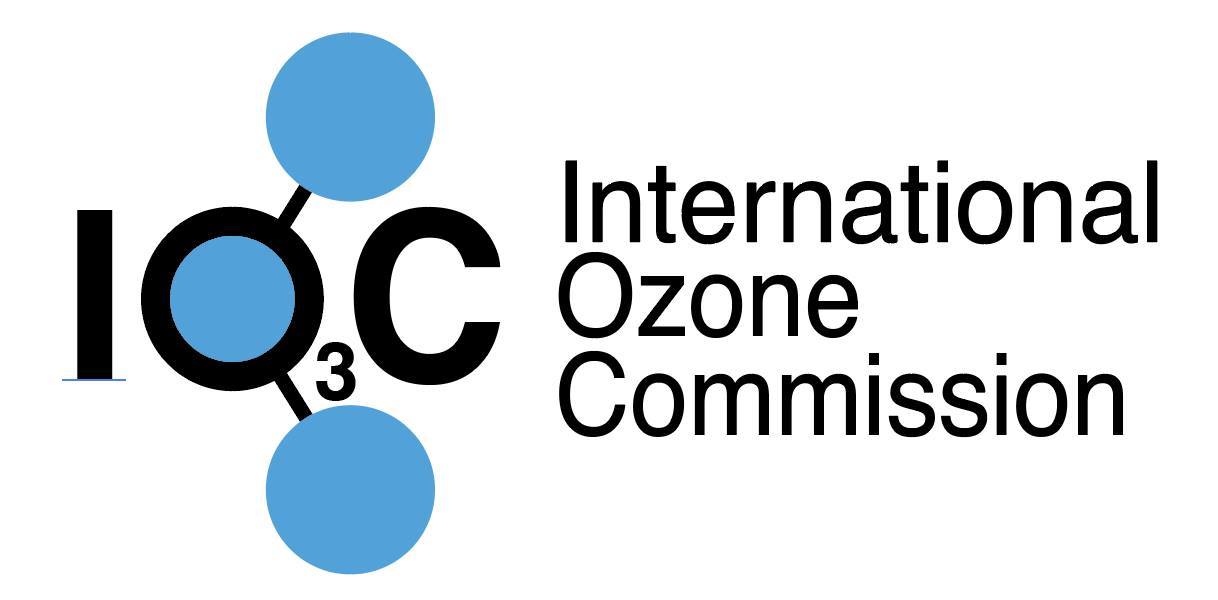By Irina Petropavlovskikh, Secretary of the International Ozone Commission and a CIRES and NOAA scientist
September 16th is International Day for the Preservation of the Ozone Layer, commemorating the 1987 anniversary of the signing of the Montreal Protocol on Substances that Deplete the Ozone Layer. Hailed as an example of exceptional international cooperation for the protection of the ozone layer, the Montreal Protocol became the first international treaty to achieve universal ratification. The Montreal Protocol expanded in October 2016 with the addition of the Kigali amendment. This amendment mitigates the impact on the Earth’s climate by substitutes of ozone depleting substances that are powerful greenhouse gases.

The theme of the International Day for the Preservation of the Ozone Layer on 16 September 2018 is: “Keep Cool and Carry On”
The ozone layer is on the mend. A number of recent studies, as well as international reports on ozone trends indicate that ozone levels in the Antarctic ozone hole and in the upper stratosphere of the northern hemisphere are increasing.
In the Antarctic, several studies have reported total ozone increases since 2000 in early spring. While the ozone hole has re-appeared in 2018, findings now show that on average, ozone holes are less deep and less extensive than since the period around the year 2000.
As mandated by the Montreal Protocol, a new Ozone Assessment will be released in December 2018. It assesses these signs of ozone layer recovery. Since the last WMO/UNEP Ozone assessment that was published in 2014, ground-based and satellite data records have been extended, and global datasets now cover several decades for assessing ozone recovery. The new SPARC report “Long-term Ozone Trends and Uncertainties in the Stratosphere (LOTUS)” will be released in Fall of 2018 and documents ozone increases since 2000 in the upper stratosphere. However, due to the long lifetimes of ODSs in the atmosphere, only certain regions are showing ozone increases, and full stratospheric ozone recovery will take several decades.
Read more of the IO3C press release here.
For the current state of the ozone layer at South Pole and to learn what happens to ozone during Antarctic’s spring ozone season, follow this blog and visit NOAA’s South Pole Ozone webpage.

